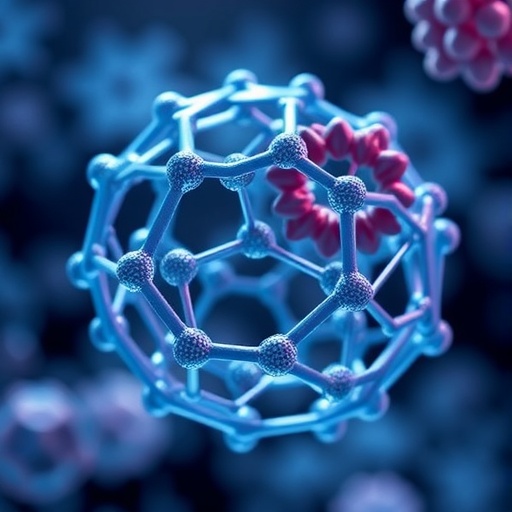Donor age does not appear to influence the functionality of stem cells derived from adult body tissues, concludes a new review. The analysis of research on induced pluripotent stem cells (iPSCs) finds that not only are typical signs of aging reversed in iPSCs, but cells derived from both older and younger donors show the same ability to differentiate into mature body cells. This validates iPSCs as a viable alternative to embryonic stem cells in regenerative medicine. Published in Frontiers in Cardiovascular Medicine, the study highlights the enormous potential of iPSCs derived from elderly patients to treat their age-related diseases — and indicates future areas of research for this relatively new field.
"As average life expectancy continues to rise, so does the rate of age-related chronic and degenerative diseases," explains Dr. Nicolle Kränkel from Charité, a medical university in Germany. "Organ replacement and other cell-based treatments could increase longevity and improve the quality of life for elderly people with heart disease, kidney failure and even Alzheimer's disease. Our analysis of current knowledge on iPSCs indicates that stem cells derived from older patients are suitable for personalized regenerative therapies as well as for modeling genetic disease."
Unlike most cells in the body, stem cells have the potential to develop into different cell types. Their discovery opened the possibility of growing specific cells to treat damaged tissues and organs, as well as genetic diseases.
Stem cells can be derived from two sources: embryos and adult tissues. It was commonly believed that embryonic stem cells (ESCs) are the only reliable source, as these "young" cells have not accumulated the same level of cell damage as older cells. However, embryonic stem cells also have limitations. These include ethical concerns, immunological rejection of transplanted tissue derived from ESCs, and limited availability of donated material.
The 2006 discovery of induced pluripotent stem cells — which can be derived directly from a patient — offers an attractive alternative. Their use has already been proved in a young patient: a boy suffering from a rare genetic disease, in which the skin blisters and tears off, recovered completely after receiving a skin transplant grown from his own gene-corrected stem cells.
However, questions remained about the impact of donor age on iPSC functionality — an especially relevant point given that the elderly stand to benefit the most from these stem cells. Kränkel and colleagues therefore critically analyzed the available research to date, to summarize what is known and identify future research needs.
The analysis revealed that the age of the donor may reduce the efficiency at which their body cells can be reprogrammed into iPSCs. However, once generated, the stem cells appear to be rejuvenated – with typical signs of aging reversed.
"iPSCs show improved functionality compared to the donor's regular body cells, and can be differentiated into mature body cells with a similar efficiency to younger stem cell donors," says Kränkel. "This means that stem cells from an elderly patient can be developed into other cells and returned to the patient for treatment."
Despite this promising conclusion, it is still a matter of debate as to whether cells from older donors have accumulated more damaging mutations than those of younger donors. "This seems logical," says Elisabeth Strässler, co-author of the study. "There is also the issue of whether such mutations persist during the transformation to stem cells, or whether they are repaired."
Other important questions also remain unanswered.
"The field of iPSC research is still rather 'young' and more research is necessary. This includes whether iPSC-derived cells might form tumors once transplanted back into a patient; consensus on which tests should be mandatory for assessing genetic stability and stem cell function; and defined protocols to better compare results from different labs," concludes Kränkel.
###
Please include a link to the original research in your reporting: https://www.frontiersin.org/articles/10.3389/fcvm.2018.00004/full
Frontiers is an award-winning Open Science platform and leading open-access scholarly publisher. Our mission is to make high-quality, peer-reviewed research articles rapidly and freely available to everybody in the world, thereby accelerating scientific and technological innovation, societal progress and economic growth. Frontiers received the 2014 ALPSP Gold Award for Innovation in Publishing. For more information, visit http://www.frontiersin.org and follow @Frontiersin on Twitter.
Media Contact
Emma Duncan
[email protected]
@frontiersin
http://www.frontiersin.org
http://dx.doi.org/10.3389/fcvm.2018.00004




